Real tape. These men, one can imagine, had rarely, if ever, changed a baby's diaper. And Premium and Baby-Dry diapers that have a protective layer of lotion that helps keep little bottoms soft and smooth. Pampers logo September 2, Pampers — history, profile and corporate video Pampers is an American brand of diapers, training pants, and wipes. Print ads often appear in magazines and other periodicals. Interesting facts : 37, diapers were hand-sewn for the Rochester, NY test market in We headed to department stores, supermarkets and drug stores all over with a diaper that helped keep babies dry and parents happy. Then, she had a better idea: She made the cover into a container, into which a baby's caretaker could stuff absorbent paper. We figured even our advancements should be a little excessive too. From that hunch, Pampers were born. First from waterproof shower curtains, later from nylon parachute material, she cut out and sewed together more breathable diaper covers. Norma Baker and Bob Duncan are the Pampers patent holders.
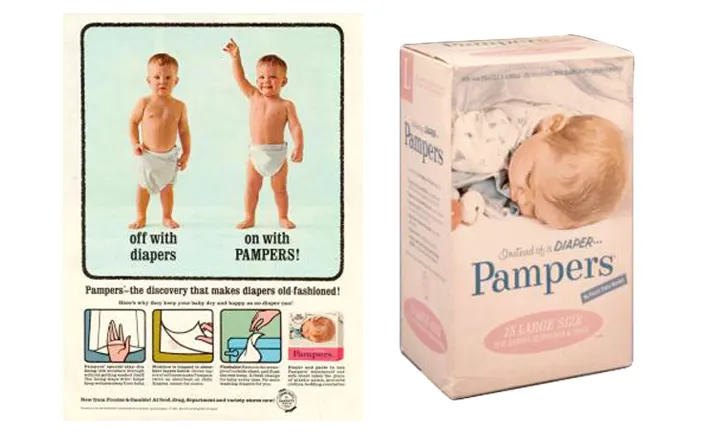
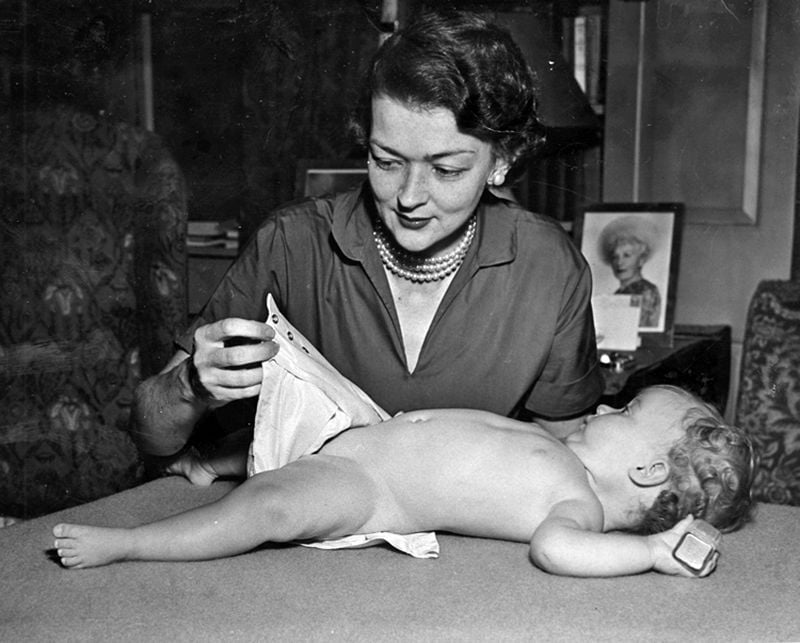
After much experimentation, Donovan designed a composition of sturdy, absorbent paper that did the job well. No woman has asked us for that. Donovan was not the sort of person who settled for other people's design failures. Pampers diapers. October 15, Fort Wayne, Indiana.
Site Navigation
She eventually designed her own house in Greenwich, Connecticut in , but by that time, she had invented numerous practical solutions to problems around the home. Steadily working her way through a series of shower curtains, Donovan used her sewing machine to design and perfect a reusable, leakproof diaper cover that did not, like the rubber baby pants of the time, create diaper rash. Others on the diaper development team also tried out the product, including Bob Duncan on his twins. The result? And we also came up with the first stretch panels to make diapers more comfortable. In , Mills knew there must be a better alternative to cloth diapers, so he asked his Research and Development colleagues to work on developing the first high-quality, affordable disposable diaper. A grandfather at the time, Mills knew one thing—he hated changing diapers. By that time, Donovan had begun an even more essential innovation: the disposable paper diaper. Search The Atlantic. National Inventors Hall of Fame. We replaced the pin with tape so that parents could take a quick peek at what was going on in the diaper-and save their fingers from any accidents. Find an Inductee. Motherhood gave Donovan good reason to revive the innovative instincts of her own childhood.
Pampers - Wikipedia
- After her mother died when she was seven, Marion spent most of her free time in their factory.
- Donovan, who was married in and by was on her second baby, did have to deal with that.
- From that hunch, Pampers were born.
- All rights reserved.
Home Categories Archive Events Community. Pampers diapers. Pampers logo Name: "Pampers". Subcategory: Baby products. First price: 10 cents per diaper in , 6 cents in In , he disliked changing diapers on his first grandchild: consumers weren't happy with cloth diapers and wanted a better way of diapering; baby wetness and laundry problems associated with cloth diapers were also present in hospitals, so the medical profession was interested in an improved diapering system. Beginning in , this collaborative effort resulted in the development of the first Pampers. The first diapers were tested in Dallas, Texas in Two versions were tested - pin-on and tape-on. They were disposable paper liners that fit inside plastic pants, but they proved to be too hot. A home economist, Norma Baker, was also hired to test the diapers locally. She would talk to mothers and find out what they liked and didn't like. Others on the diaper development team also tried out the product, including Bob Duncan on his twins. Norma Baker and Bob Duncan are the Pampers patent holders. Interesting facts : 37, diapers were hand-sewn for the Rochester, NY test market in
Skip to content Site Navigation The Atlantic, pampers inventoor. Popular Latest Newsletters. Search The Pampers inventoor. Quick Links. Sign In Subscribe. Marion Donovaninventor of the first disposable diaper, told Barbara Walters that one simple question guided her work: "What do I think will help a lot of people and most certainly will help me? The advantage—and the downside—of this philosophy was that when she first started out in the s men controlled manufacturing.
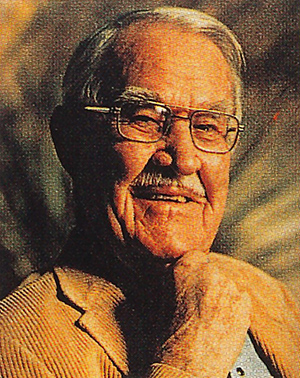
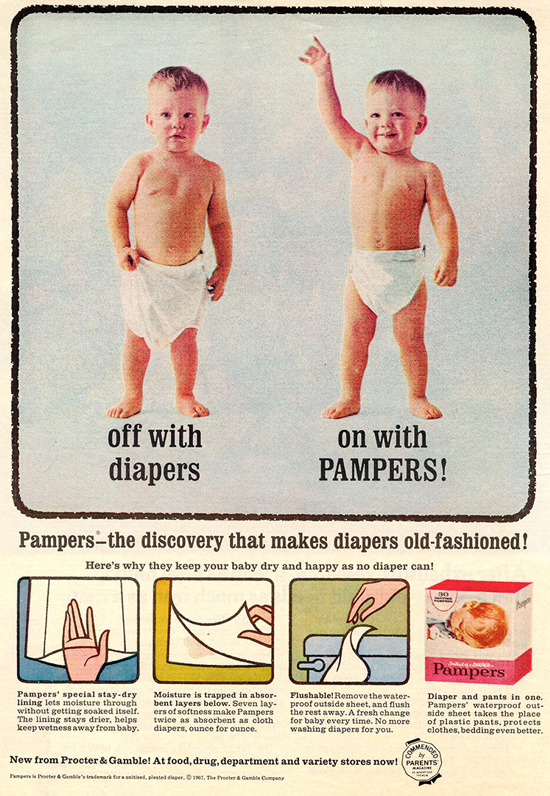
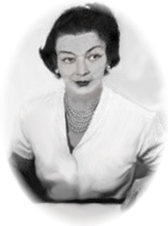
Pampers inventoor. The Woman Who Invented Disposable Diapers
And he did much more than that. Mills, pampers inventoor, who on March 28 celebrated his th birthday at his home in Tucson, Ariz. He was in the right place at the right time. Semon, incidentally, will celebrate his th birthday in At first, Mills wanted to go into civil engineering. His dream was to build bridges, pampers inventoor. But after serving in the Navy during World War I, pampers inventoor, he was encouraged to consider the new field of chemical engineering. He enrolled at the UW to take it up and to be near his fiancée, who was a Bellingham school teacher. He also helped develop synthetic rubber for tires for World War II. Some of his biggest hits: he improved Duncan Hines cake mixes by passing ingredients through large milling drums designed to polish aluminum foil. Within three years, Duncan Hines mixes, pampers inventoor had been poor sellers, were the best-selling brand pampers inventoor the nation. He also developed a process for preventing the oil from separating in Jif peanut butter. But his most significant achievement was the invention of disposable diapers. A grandfather at the time, Mills knew one thing—he hated changing diapers.
Main navigation
Marion Donovan was the inventor of a waterproof diaper cover and one of the successful women inventors of her era. Throughout her life, she would earn a number of patents for items to improve everyday life. Prompted by the frustrating and repetitive task of changing her daughter's soiled cloth diapers, clothing, and bed sheets, Donovan crafted a diaper cover to keep her baby and the surrounding area dry. Unlike other products on the market, her product was made of a cloth that allowed the skin to breathe and also included snap fasteners instead of safety pins. The Boater, as she called it, was rejected by the manufacturers she approached, so she made and marketed the product herself. After marrying, she quit her job and focused on raising her children.
Not the 8-track kind.
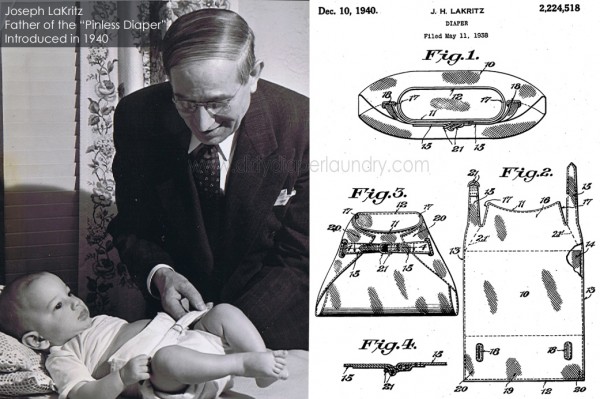
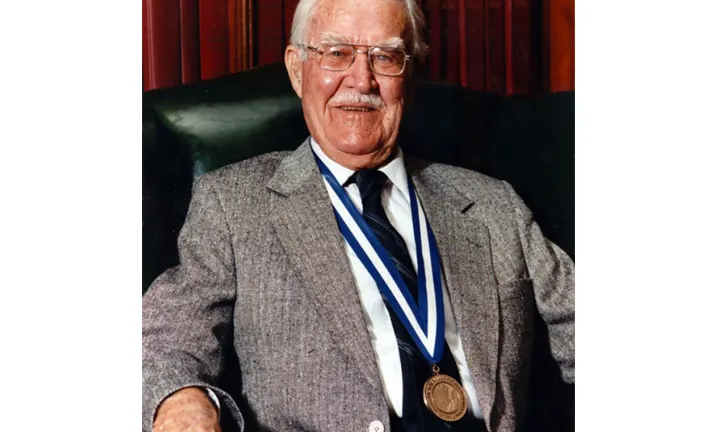
0 thoughts on “Pampers inventoor”